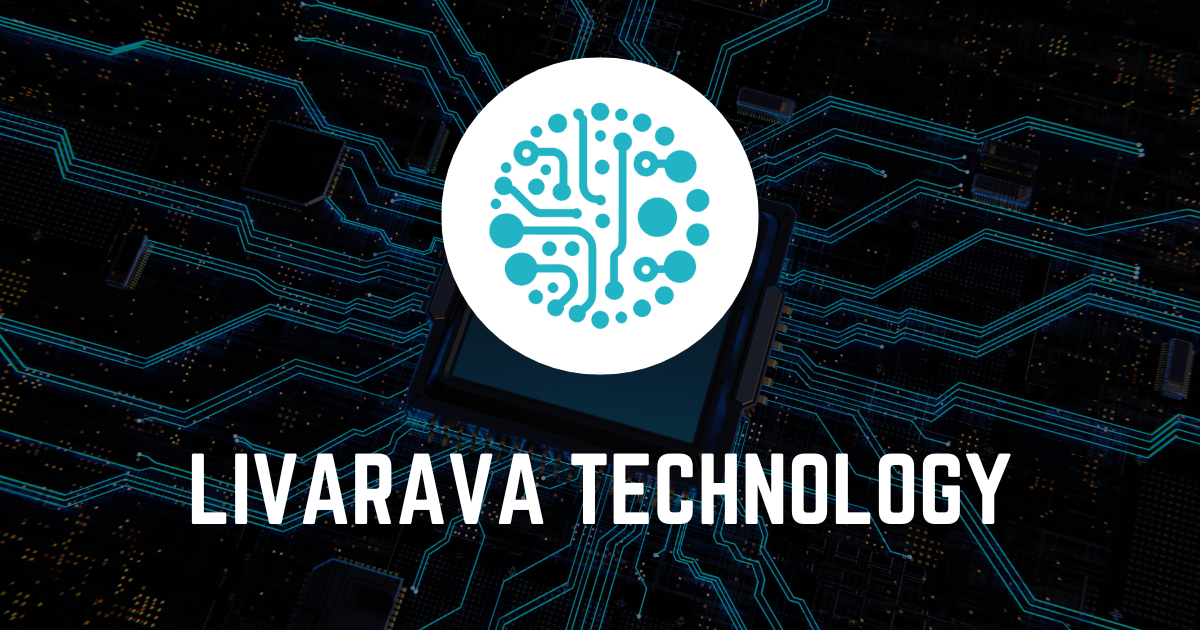Detecting Dark Matter: Challenges and Possibilities

Understanding Dark Matter
Dark matter is a type of matter that does not emit, absorb, or reflect light, making it invisible and detectable only through its gravitational influence on visible matter.
The Collisionless Nature of Dark Matter
Dark matter is theorized to be collisionless, meaning it doesn't interact with electromagnetic forces, which complicates detection efforts.
Methods of Detection
- Gravitational lensing around galaxy clusters
- Observations of atomic gas in nearby galaxies
- Indirect detection via cosmic rays and neutrinos
Conclusion
While detecting dark matter in galaxy clusters poses significant challenges due to its collisionless nature, ongoing research and advanced technologies may eventually yield fruitful results.
This article was prepared using information from open sources in accordance with the principles of Ethical Policy. The editorial team is not responsible for absolute accuracy, as it relies on data from the sources referenced.